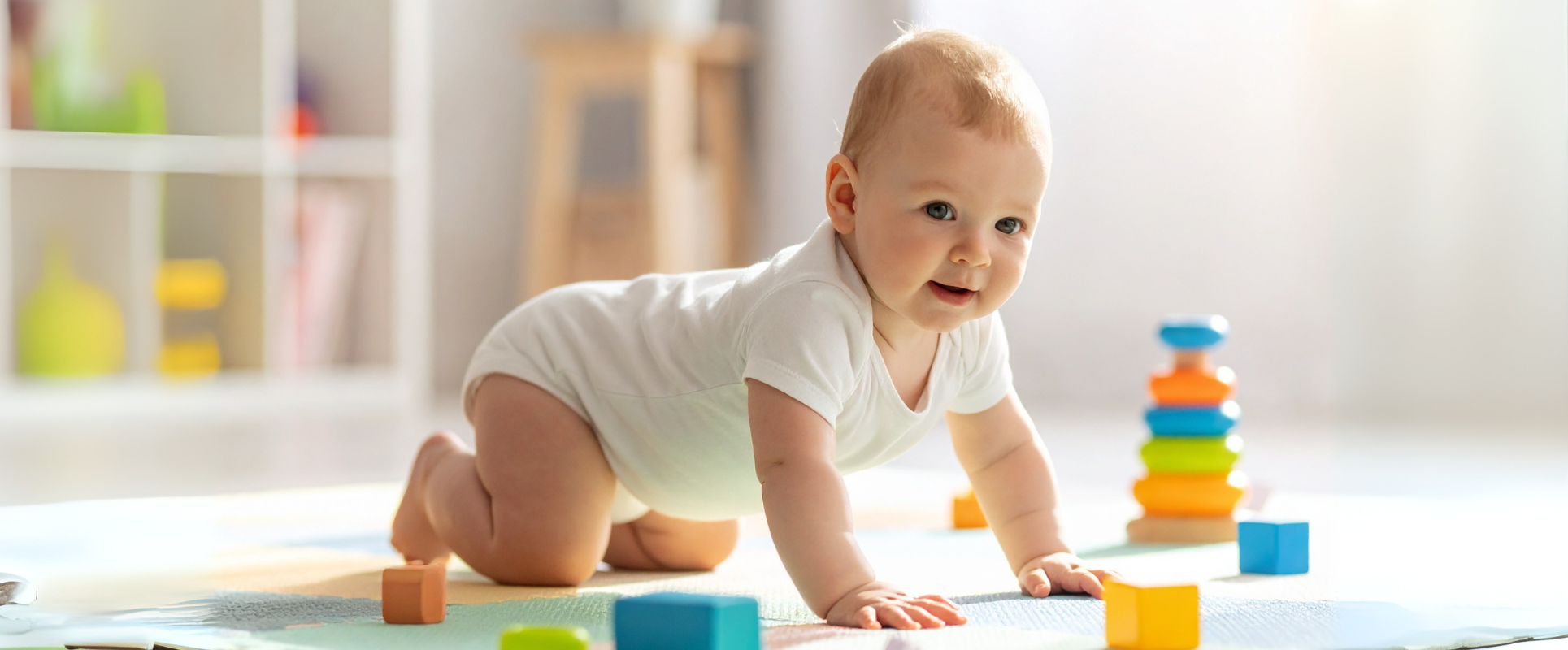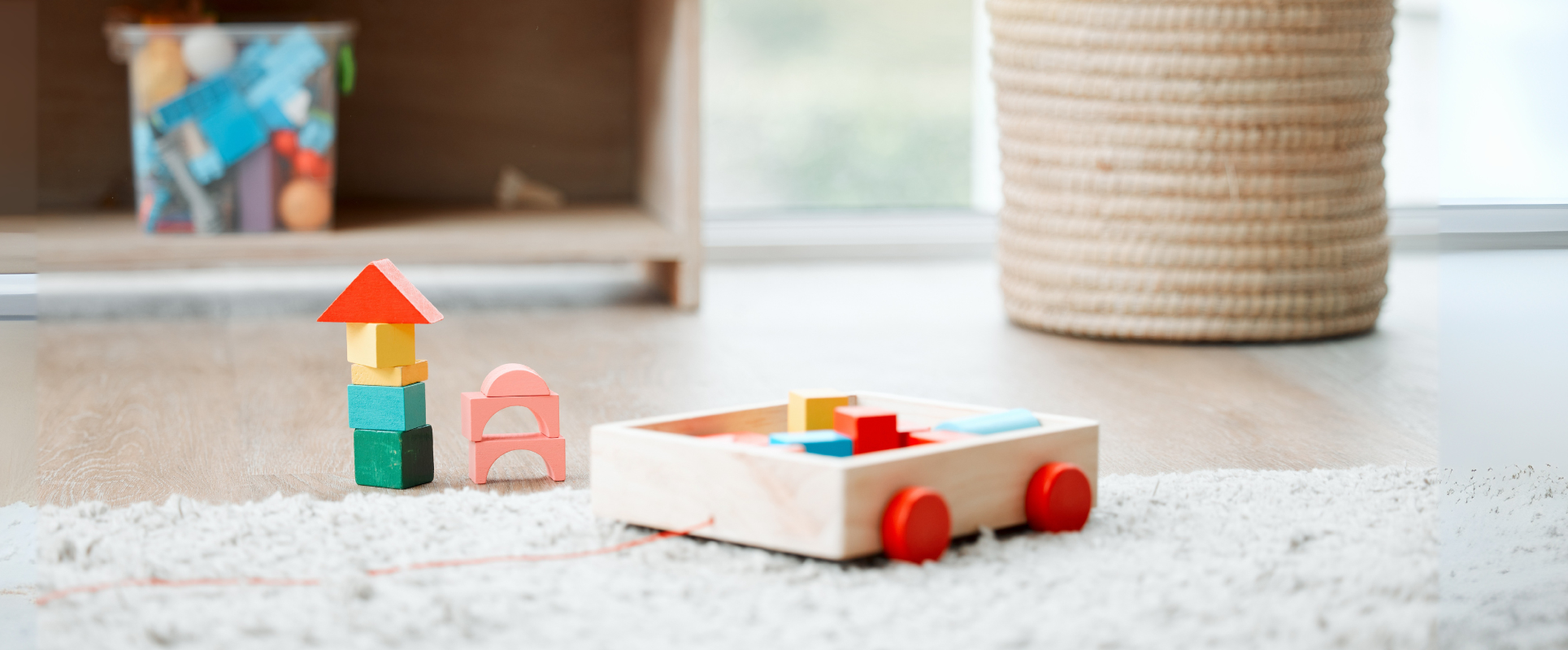
Teaching Children to Recognize Emotions and Manage Their Behavior: A Parent’s Guide
Every parent has seen it: a toddler bursting into tears when their tower of blocks falls or a school-aged child shouting in frustration after losing a game. These moments are not just “tantrums”—they are opportunities to help children recognize emotions and learn how to manage their behavior.
Emotional awareness and self-regulation are core parts of emotional intelligence (EQ). When children learn to identify feelings and respond in healthy ways, they build resilience, empathy and confidence that serve them for life.
Why Emotional Recognition Matters
Children who can name and understand their emotions are better equipped to:
-
Communicate clearly instead of acting out
-
Build empathy by recognizing emotions in others
-
Manage stress in healthy ways
-
Develop problem-solving skills instead of relying on impulsive reactions
Research shows that children with stronger emotional regulation have improved social relationships, better academic outcomes and reduced risks of anxiety or behavioral problems later in life.
Age-Appropriate Emotional Learning
Toddlers (1–3 years)
-
Teach simple words like happy, sad, mad.
-
Use picture books with expressive faces.
-
Label emotions during daily moments: “You’re upset because the toy broke.”
Preschoolers (3–5 years)
-
Encourage role-play with dolls or puppets.
-
Introduce emotion charts or “feelings faces” posters.
-
Practice calming strategies: deep breaths, counting to five.
School Age (6–9 years)
-
Talk about mixed feelings: “It’s okay to feel proud and nervous at the same time.”
-
Teach coping skills: journaling, drawing, physical play.
-
Encourage reflection: “What could we do differently next time?”
Tweens & Teens (10+ years)
-
Discuss complex emotions like jealousy, guilt or disappointment.
-
Introduce mindfulness and relaxation exercises.
-
Encourage healthy outlets: music, sports, writing.
-
Teach problem-solving steps before reacting.
Practical Strategies for Parents
1. Model Emotional Literacy
Children mirror what they see. Name your own emotions openly:
-
“I feel frustrated because the traffic was heavy.”
-
“I’m excited about our family trip.”
2. Create a Safe Emotional Space
-
Validate feelings, even difficult ones: “I see you’re angry. That’s okay. Let’s talk about it.”
-
Avoid shaming children for strong emotions.
3. Teach Calming Tools
-
Breathing exercises (“smell the flower, blow out the candle”).
-
Quiet corner or “cozy space” for self-regulation.
-
Movement: stretching, jumping, dancing away frustration.
4. Use Storytelling
Books and stories help children recognize emotions in characters and relate them to their own experiences.
5. Practice Problem-Solving Together
Guide children through steps: identify the problem → name the feeling → brainstorm solutions → choose a healthy response.
Everyday Routines to Build Emotional Skills
-
Morning check-in: Ask, “How do you feel today?”
-
Dinner table sharing: Each family member names one emotion they felt that day.
-
Bedtime reflection: Help children process the highs and lows before sleep.
Long-Term Benefits
Teaching children to recognize emotions and manage behavior:
-
Builds resilience in facing challenges
-
Strengthens family bonds
-
Prepares them for healthy friendships and relationships
-
Equips them with life-long tools for well-being and success
Conclusion
Children are not born knowing how to name or manage their emotions—they learn it through guidance, patience and practice. By teaching emotional recognition and self-regulation, parents give children a gift that lasts far beyond childhood: the ability to understand themselves, connect with others and face life with confidence and empathy.
At DabiDabi, we believe nurturing children’s emotional growth is just as important as caring for their skin. Because raising little ones with empathy and balance helps create a better, kinder future.
References
-
American Academy of Pediatrics (AAP): Emotional Wellness in Children
-
Child Mind Institute: Helping Children Manage Emotions
-
CASEL: Collaborative for Academic, Social and Emotional Learning – What is SEL?








